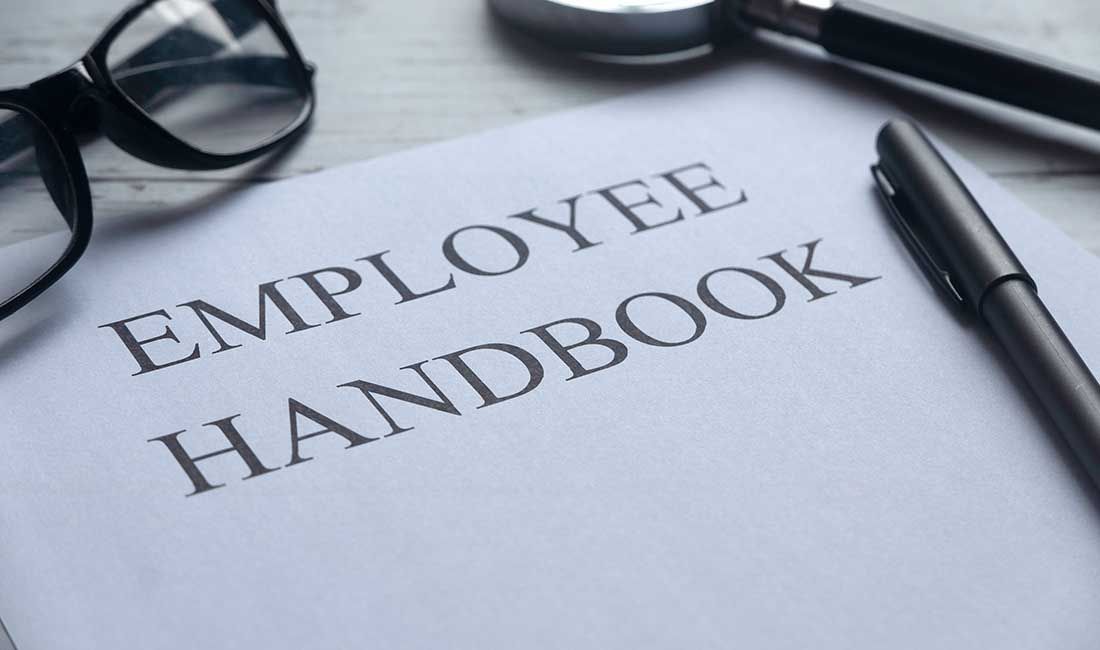Term-Time Working and Annual Leave

| W.E.U Admin | Workplace Wellbeing
The Supreme Court held that workers on permanent contracts but required to work only part of the year (e.g., term-time working and annual leave arrangements) are entitled to a minimum of 5.6 weeks’ holiday per year. Their entitlement cannot be pro-rated for weeks they are not required to work.

Details
Under the Working Time Regulations 1998 (WTR), all workers are entitled to at least 5.6 weeks’ annual leave per year. Employers may only pro-rate this entitlement in limited circumstances:
- In the worker’s first and final holiday year due to incomplete service.
- For part-time workers (pro-rata based on their working week, still totaling at least 5.6 of their shorter weeks).
The WTR makes no allowance to pro-rate leave for employees contracted year-round but working only part of each year.
Factual Background
A music teacher, B, worked under a permanent zero-hours contract year-round, teaching only during term-time and taking accrued holiday during school breaks. Her employer calculated holiday pay as 12.07% of her term-time pay, covering payments rather than entitlement. B claimed this method breached the WTR.
The employment tribunal sided with the school, capping B’s entitlement at 12.07%. The EAT reversed this, allowing pro-rating for non-working periods. The Court of Appeal then held that workers on year-round contracts must receive the full 5.6 weeks minimum holiday each year, with pro-rating only for part-time status or incomplete years. The Supreme Court dismissed the employer’s appeal, affirming this position.
What Does This Mean in Practice?
1. Which Workers Are Covered?
- Term-time-only workers (e.g., teachers or flexible-working participants);
- Permanent seasonal workers (e.g., exam invigilators, sports stewards);
- Year-round zero-hours contract workers (no new contract per assignment).
2. Statutory Holiday Calculations
While entitlement remains 5.6 weeks, the actual number of days depends on the worker’s pattern during working periods:
- Working 5 days/week for 39 weeks: 5.6 × 5 = 28 days;
- Working 4 days/week for 26 weeks: 5.6 × 4 = 22.4 days.
3. Alternative Arrangements
Employers may consider shorter fixed-term contracts to limit holiday accrual. These special rules apply to workers engaged for a single holiday year (e.g., one school academic year or a defined seasonal period).
Harpur Trust v Brazel [2022] UKSC 21
Our employment team regularly advises on holiday entitlement matters; please contact us for tailored guidance.
Article by Emma Ahmed of Hill Dickinson
Term-time only and other ‘part-year’ workers are entitled to 5.6 weeks’ holiday a year
Previous Post | Next Post
workersofengland.co.uk | Independent Workers Trade Union



















